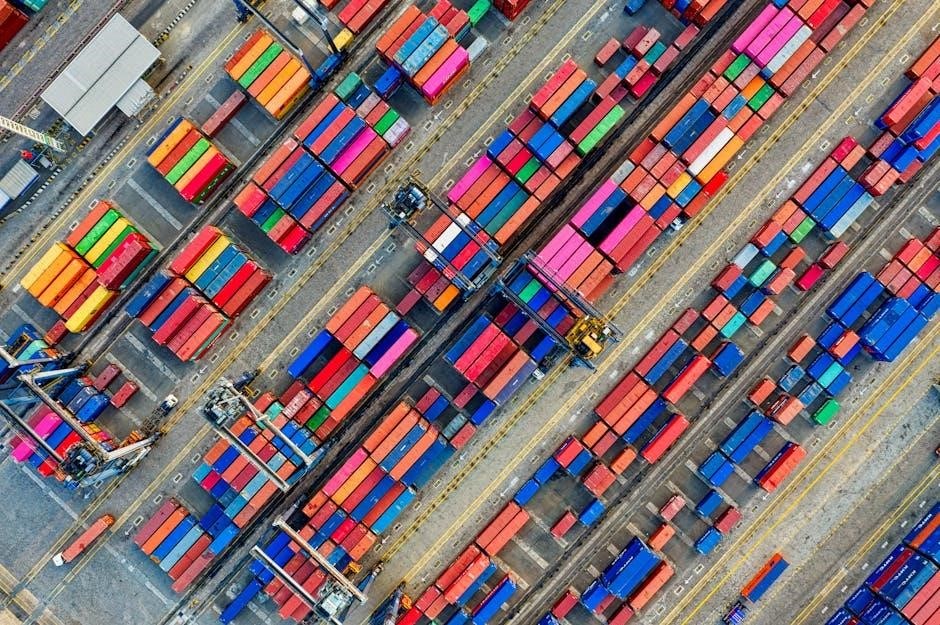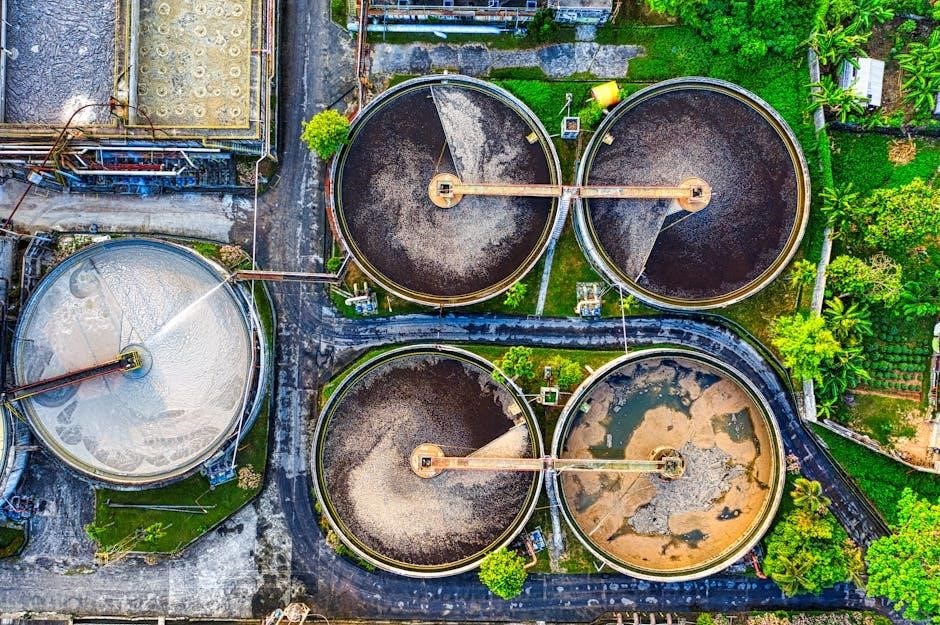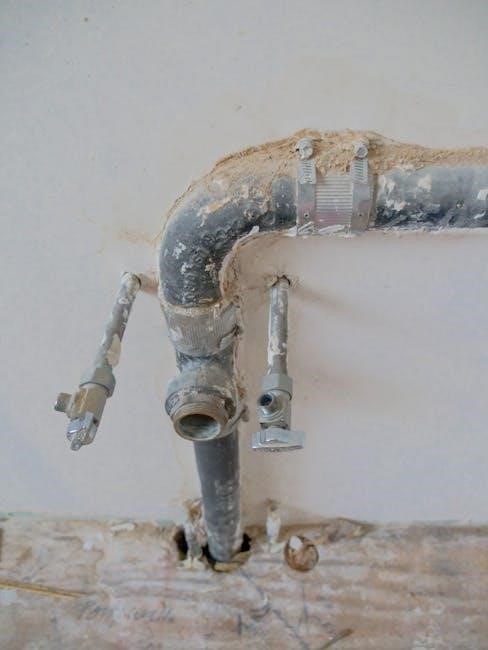Industrial piping color codes are standardized systems using color to identify pipe contents and hazards, ensuring safety and efficiency in industrial settings with various
- applications
and solutions available online.
Importance of Color Codes in Industrial Piping
The importance of color codes in industrial piping cannot be overstated, as they play a crucial role in ensuring the safety and efficiency of industrial operations. By using a standardized system of colors to identify pipe contents and hazards, industries can reduce the risk of accidents and errors. This is particularly important in complex industrial environments where multiple pipes and systems are present. The use of color codes also facilitates communication among workers, allowing them to quickly and easily identify the contents of pipes and take necessary precautions. Furthermore, color codes can help to prevent costly mistakes and downtime, making them an essential component of industrial piping systems. The implementation of color codes is a simple yet effective way to enhance safety and productivity in industrial settings, and their importance should not be overlooked. Color codes are a vital tool in the industrial piping industry.

ANSI/ASME Standard for Pipe Color Coding
ANSI/ASME standard provides guidelines for pipe color coding using specific colors to identify pipe contents and hazards in industrial settings with
- codes
and standards.
Matching Paint Colors to ANSI/ASME Recommendations
Matching paint colors to ANSI/ASME recommendations is crucial for maintaining consistency and accuracy in pipe color coding. The ANSI/ASME standard provides a set of guidelines for pipe color coding, including specific colors to be used for different types of pipes. To ensure compliance with these guidelines, it is essential to use paint colors that match the recommended colors. This can be achieved by using a color matching system, which allows users to select the closest matching color to the recommended color. The color matching system can be based on various factors, including the type of pipe, the fluid being transported, and the surrounding environment. By using a color matching system, users can ensure that their pipe color coding system is consistent with the ANSI/ASME standard, which is essential for maintaining safety and efficiency in industrial settings. The use of color matching systems can also help to reduce errors and improve communication among workers.

Risks of Ignoring Pipe Color Codes
Ignoring pipe color codes poses significant risks, including accidents, injuries, and environmental hazards, affecting industrial operations and safety protocols greatly every day.
Consequences of Incorrect Pipe Identification
The consequences of incorrect pipe identification can be severe, resulting in accidents, injuries, and even fatalities. In industrial settings, incorrect pipe identification can lead to the release of hazardous materials, causing environmental damage and harm to employees. The use of incorrect pipe color codes can also lead to equipment damage, production downtime, and financial losses. Furthermore, incorrect pipe identification can compromise the integrity of industrial processes, leading to product contamination and quality control issues. To mitigate these risks, it is essential to implement a standardized pipe color coding system, ensuring that pipes are correctly labeled and identified. This can be achieved through the use of industry-recognized pipe color codes, such as those outlined in the ANSI/ASME standard. By prioritizing correct pipe identification, industries can minimize the risk of accidents, ensure regulatory compliance, and maintain a safe working environment. Effective pipe identification is critical to preventing accidents and ensuring industrial safety.
Pipe Marking Methods and Materials
Methods include labels and tapes with various materials used.
Common Methods of Pipe Marking
Common methods of pipe marking include using labels, tapes, and paints to identify the contents of pipes. These methods are widely used in industrial settings to ensure safety and efficiency.
Labels and tapes are available in various colors and sizes, making it easy to identify pipes and their contents.
Paints are also used to mark pipes, and they come in a range of colors that correspond to specific pipe contents.
Additionally, pipe marking can be done using specialized equipment, such as label makers and pipe marking machines.
These machines can produce high-quality labels and markings that are durable and long-lasting.
Overall, common methods of pipe marking are effective and efficient ways to identify pipes and their contents, and they play a critical role in maintaining safety and efficiency in industrial settings.
The use of these methods helps to prevent accidents and errors, and ensures that pipes are properly identified and maintained.

Typical Examples of Pipe Color Codes
Color codes identify pipe contents, such as water, gas, and chemicals, using specific colors and labels for easy recognition and safety purposes always;
Regional and Industry Variations in Pipe Color Coding
Regional and industry variations in pipe color coding exist due to different regulations and standards. The use of specific colors to identify pipe contents can vary between countries and industries. For example, in the United States, the American National Standards Institute (ANSI) provides guidelines for pipe color coding, while in Europe, the International Organization for Standardization (ISO) provides similar guidelines. Additionally, different industries such as oil and gas, chemical processing, and power generation may have their own specific pipe color coding standards. These variations can make it challenging to implement a uniform pipe color coding system across different regions and industries. However, many companies are adopting international standards to ensure consistency and safety in their operations. The use of standardized pipe color coding systems can help to reduce errors and improve safety in industrial settings. Standardized systems are essential for maintaining safety and efficiency.

